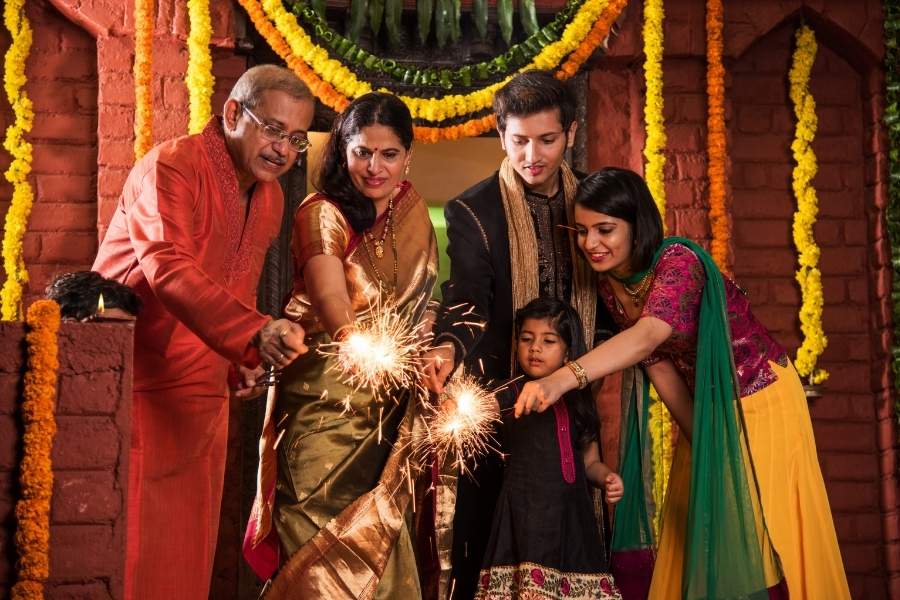Every Diwali, minor burns from crackers, diyas and hot oil are common — and often made worse by home remedies that do more harm than good. Doctors say the first few minutes after a burn are critical. The right first aid can prevent infection, scarring and long-term damage.
“The very first step is to cool the burn under clean running water,” says MS Purkait of Techno India DAMA Hospital. He recommends five to eight minutes, while Anupam Golash, senior consultant, plastic and reconstructive surgery, CMRI Hospital, suggests up to 15 minutes to stop the heat from spreading deeper. “The main thing is to pour water over the burn,” he emphasises.
Amit Bhowmick of Narayana Hospital adds a strong warning: “Do not apply ice. It distorts tissue proteins and increases swelling. Running tap water is far safer.”
Before treating the burn, make sure the area is safe. “People focus on the injury, but forget the fire source,” says Bhowmick. “First stop the flame, then treat the burn.” He also stresses removing rings, bangles and tight clothing immediately. “There will be swelling within 20 to 30 minutes. If jewellery stays on, it can cut off circulation.”
When it comes to what to apply ona a burn, all three doctors are firm: avoid household hacks. “Never use toothpaste, turmeric, Dettol or ice cubes, they irritate the skin and trap heat,” says Purkait.
Instead, mild products are best. “You can apply aloe vera gel, petroleum jelly or an antibiotic cream like Soframycin or SilverX,” says Golash. Bhowmick agrees: “Burnol or SilverX is fine if the skin is eroded. Otherwise, simple cooling and paracetamol for pain is enough.”
If the skin is red but intact, the burn can be left open or lightly covered. But blisters or severe burns need medical care. “If there is a blister, better come to the hospital,” says Golash. “Hand and face burns are significant. If not treated properly, fingers can become stiff or curved, and facial burns can scar.”
At the hospital, doctors clean the area, apply antibiotic layers and use non-stick gauze for proper dressing. Even seemingly minor hand or face burns should be checked.
Prevention, however, starts before lighting crackers. “Wear pure cotton. Synthetic fabrics catch fire easily,” warns Purkait. He advises avoiding loose dupattas and wearing closed shoes to protect the feet. If clothes do catch fire, Golash says, “Cover the person with a blanket to cut off oxygen and stop the flames.”
Most small burns can be safely treated at home with water, clean skin and the right ointment — not ice, toothpaste or turmeric. But when in doubt, doctors agree on one thing: “It’s better to get checked than risk infection or long-term problems,” says Dr Golash.
A few minutes of proper first aid can ensure the festival of lights doesn’t leave lasting scars.
